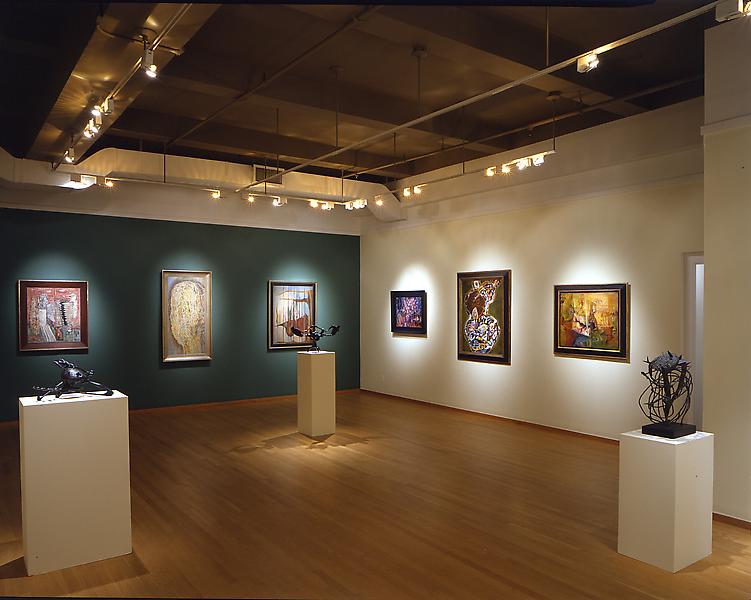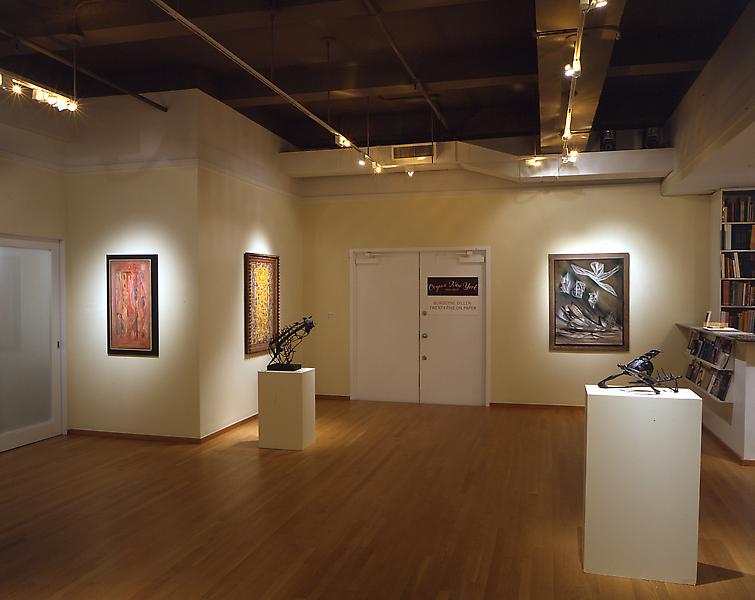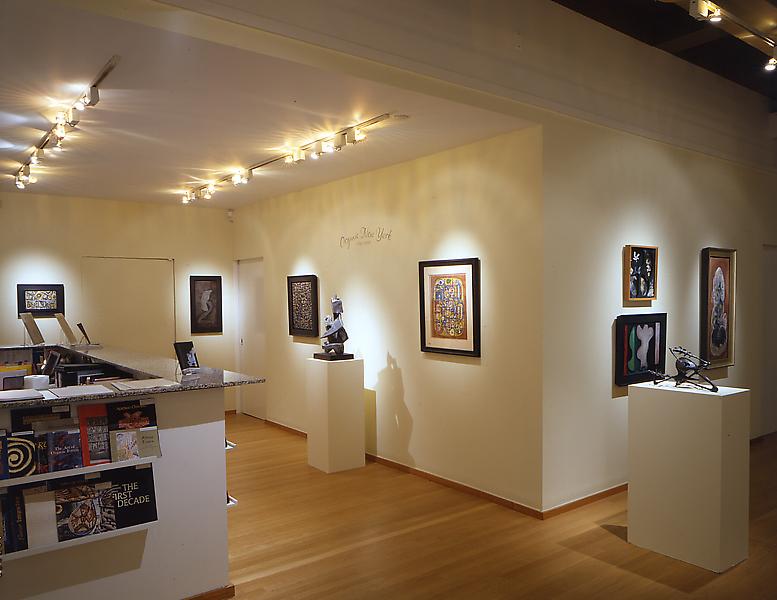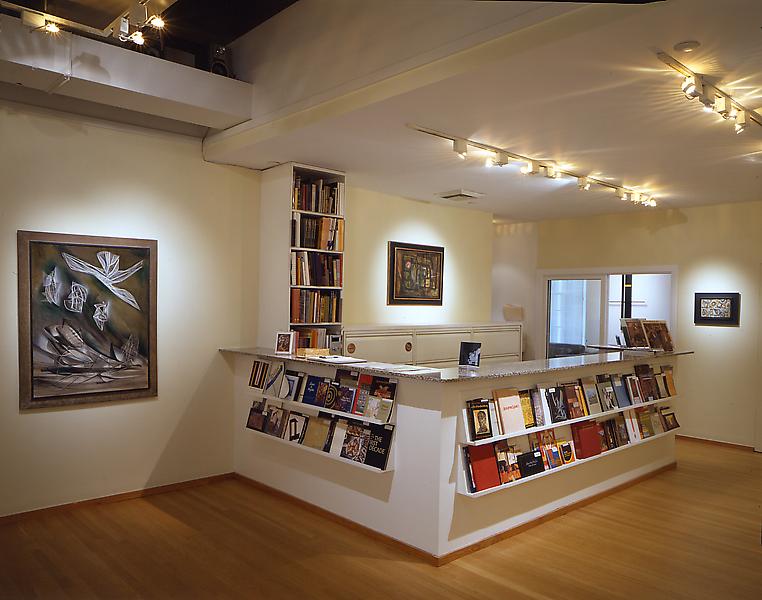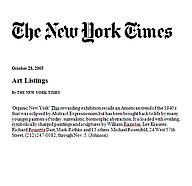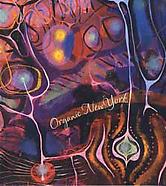In New York in the 1940s, a nameless, specialized genre emerged that as art historian Sam Hunter described in a 1948 New York Times review “carries the stamp of unborn mysteries and primitive rites.” Abstract painterly forms unearthed from the unconscious but referential to the natural world populated haunting works by a core group of young American artists. Rejecting social realism and regionalism of the 1930s, this generation of artists embraced abstract surrealism- a nonobjective language with limitless possibilities. This surge of surrealism, now considered as the genesis of Abstract Expressionism, is explored in Organic New York, 1941-1949. Scheduled to be on view at Michael Rosenfeld Gallery from September 10 through November 5, 2005, this group exhibition explores this landmark moment in the history of American abstraction by presenting twenty-five stellar examples – paintings, sculpture and drawings - by William Baziotes, Jimmy Ernst, Herbert Ferber, Arshile Gorky, David Hare, Gerome Kamrowski, Leon Kelly, Lee Krasner, Norman Lewis, Seymour Lipton, Boris Margo, Alfonso Ossorio, Richard Pousette-Dart, Theodore Roszak, Mark Rothko, Charles Seliger, Theodoros Stamos, and Pavel Tchelitchew.
September 10 – November 5, 2005
Artists
-
- William Baziotes (1912-1963)
- Jimmy Ernst (1920-1984)
- Herbert Ferber (1906-1991)
- Arshile Gorky (1904-1948)
- David Hare (1917-1992)
- Gerome Kamrowski (1914-2004)
- Leon Kelly (1901-1982)
- Lee Krasner (1908-1984)
- Norman Lewis (1909-1979)
- Seymour Lipton (1903-1986)
- Boris Margo (1902-1995)
- Richard Pousette-Dart (1916-1992)
- Theodore Roszak (1907-1981)
- Mark Rothko (1903-1970)
- Theodoros Stamos (1922-1997)
- Pavel Tchelitchew (1898-1957)
Press
Publications
Press Release
Looking back at the decade, artist Charles Seliger (b.1926), who was then exhibiting regularly at Peggy Guggenheim’s Art of This Century gallery, reflects, “I was unaware in the 1940s that I would be part of a major change in American art. Matta, Gorky, along with Gordon Onslow-Ford, were using abstract organic forms in their art, which was referred to as bio-morphism. The surrealist, dream-like imagery of Dali, Ernst and Magritte was undergoing a change. I, along, with Baziotes, Stamos and Kamrowski, began to turn to the paint, itself, a subconscious searching through the use of automatism for a personal expressive imagery, that resulted in an abstract form of surrealism. This new imagery reflected the natural world, a new landscape in the age of the electron microscope and the airplane, and revealed a new reality in the macro world of nature.”
Organic New York, 1941-1949 is accompanied by a fully-illustrated color catalogue with an essay by Robert C. Morgan.

